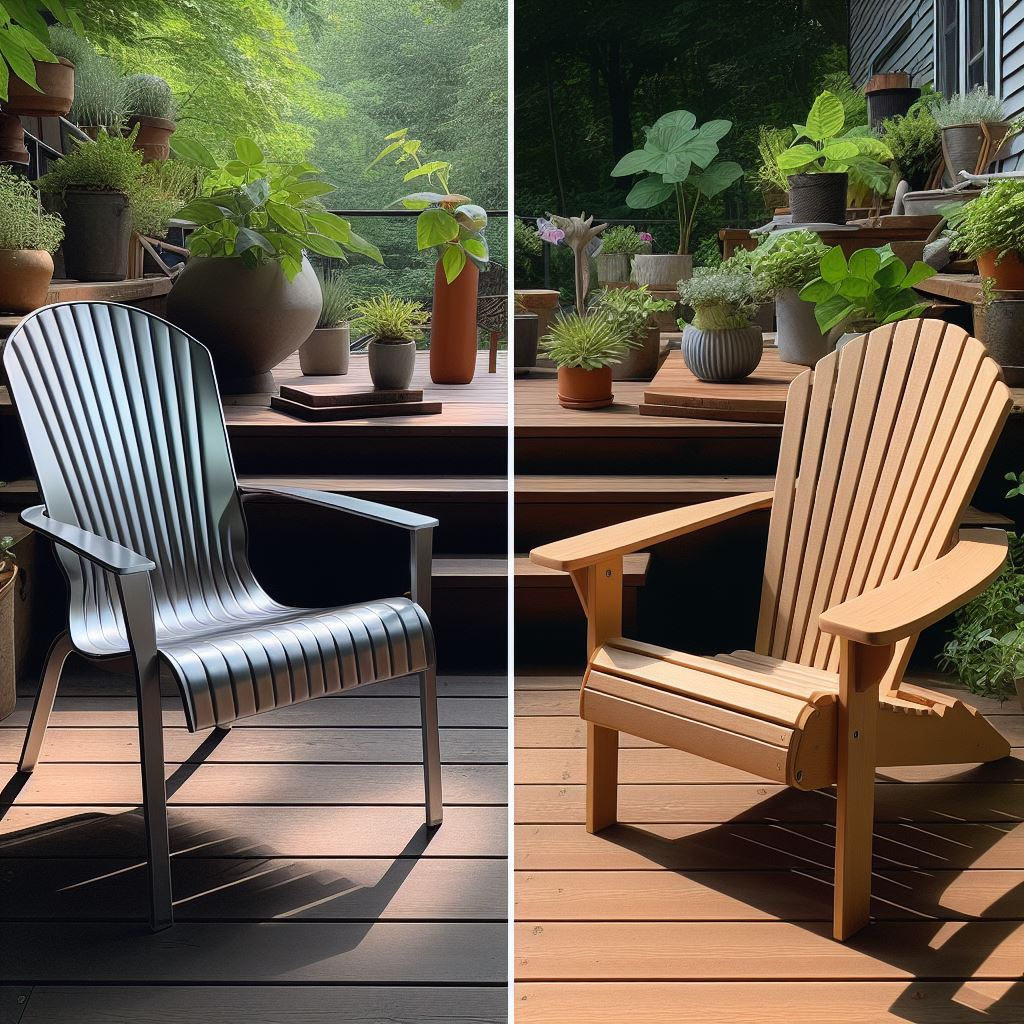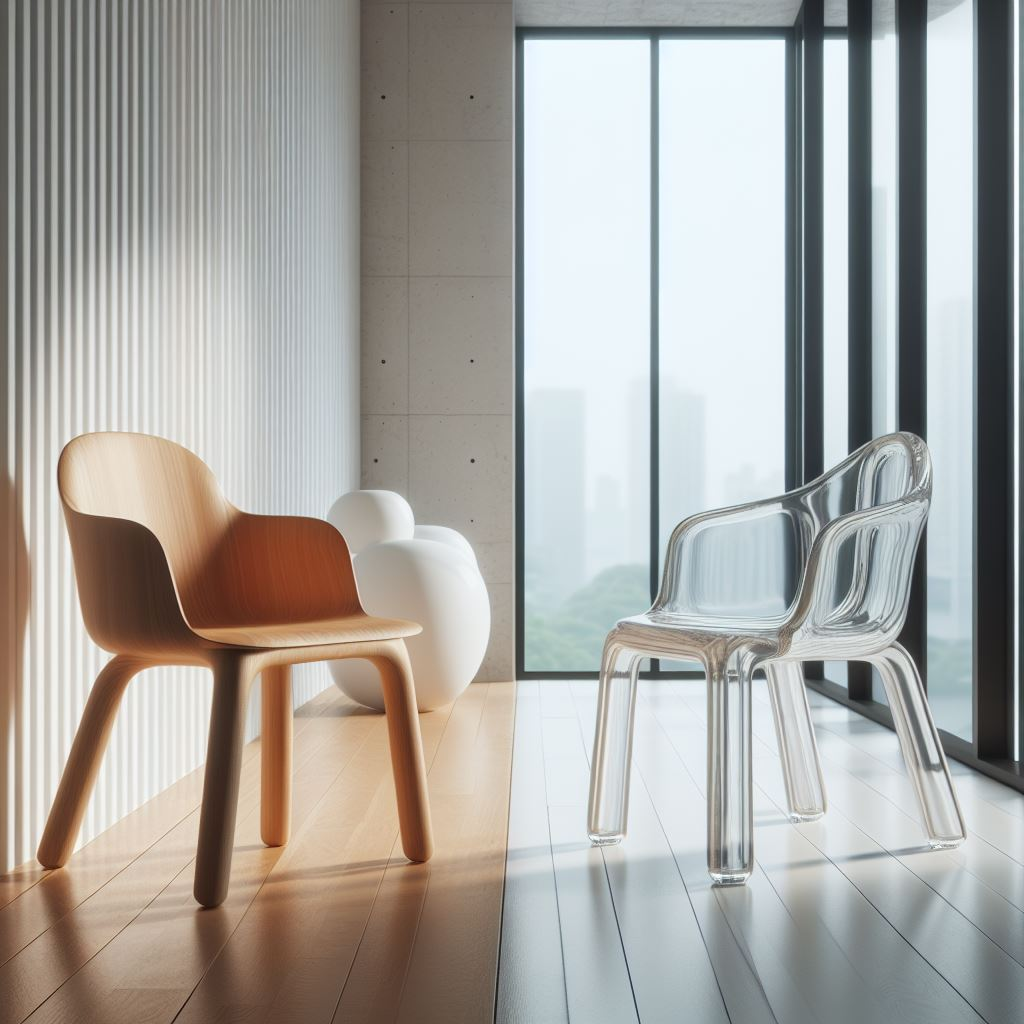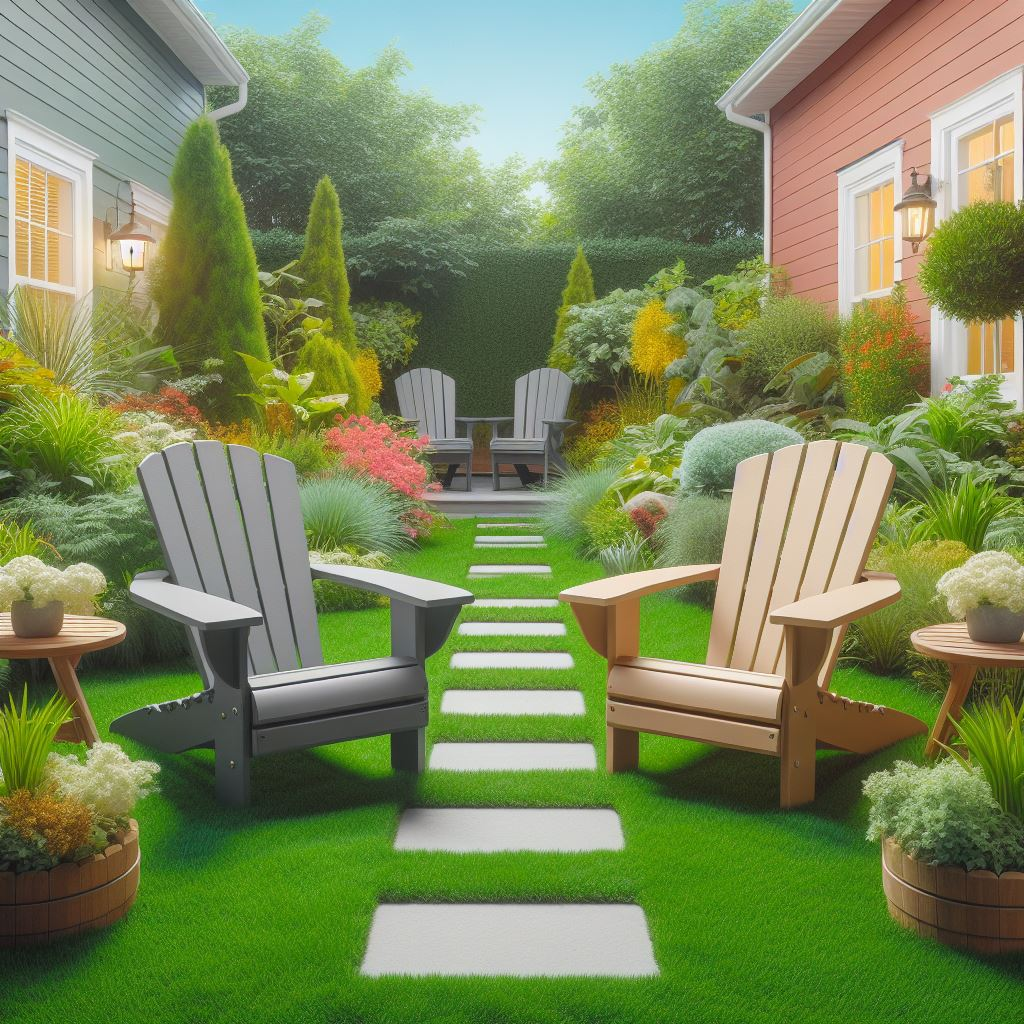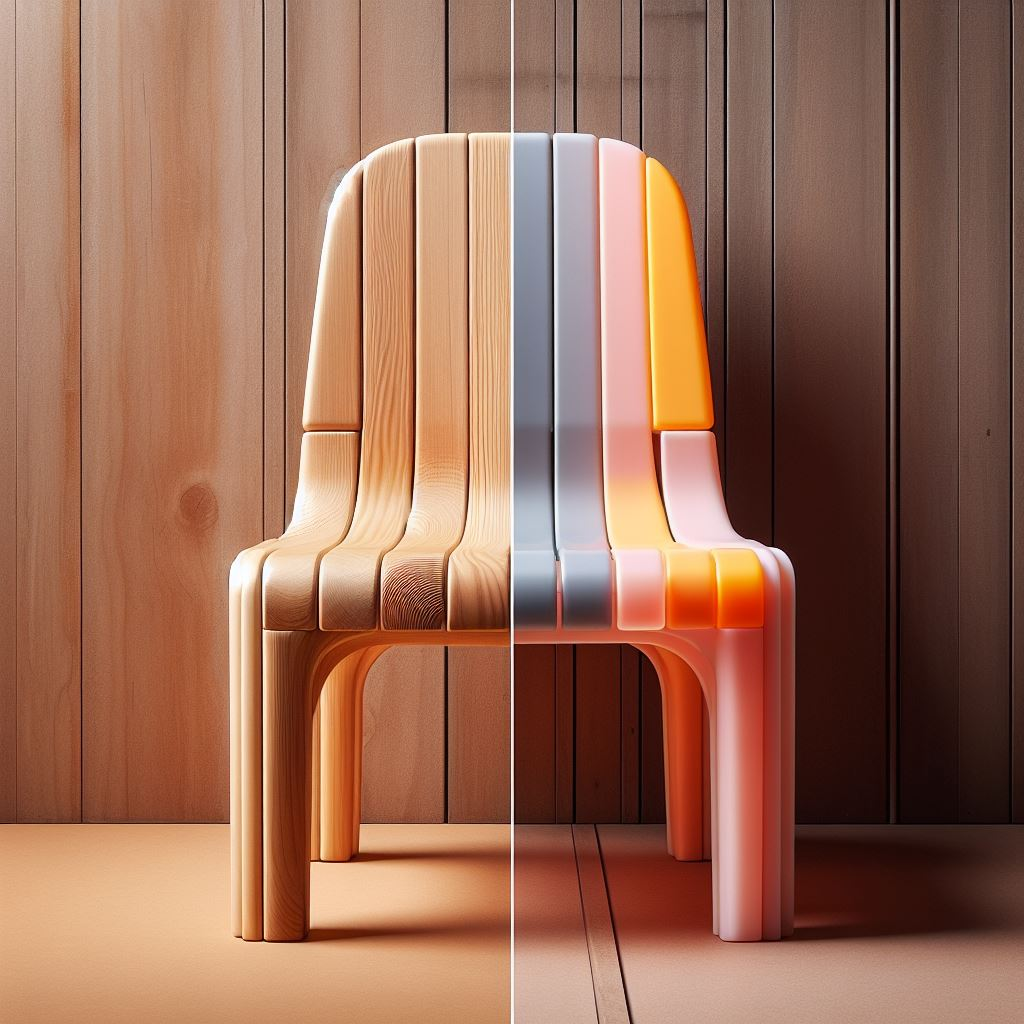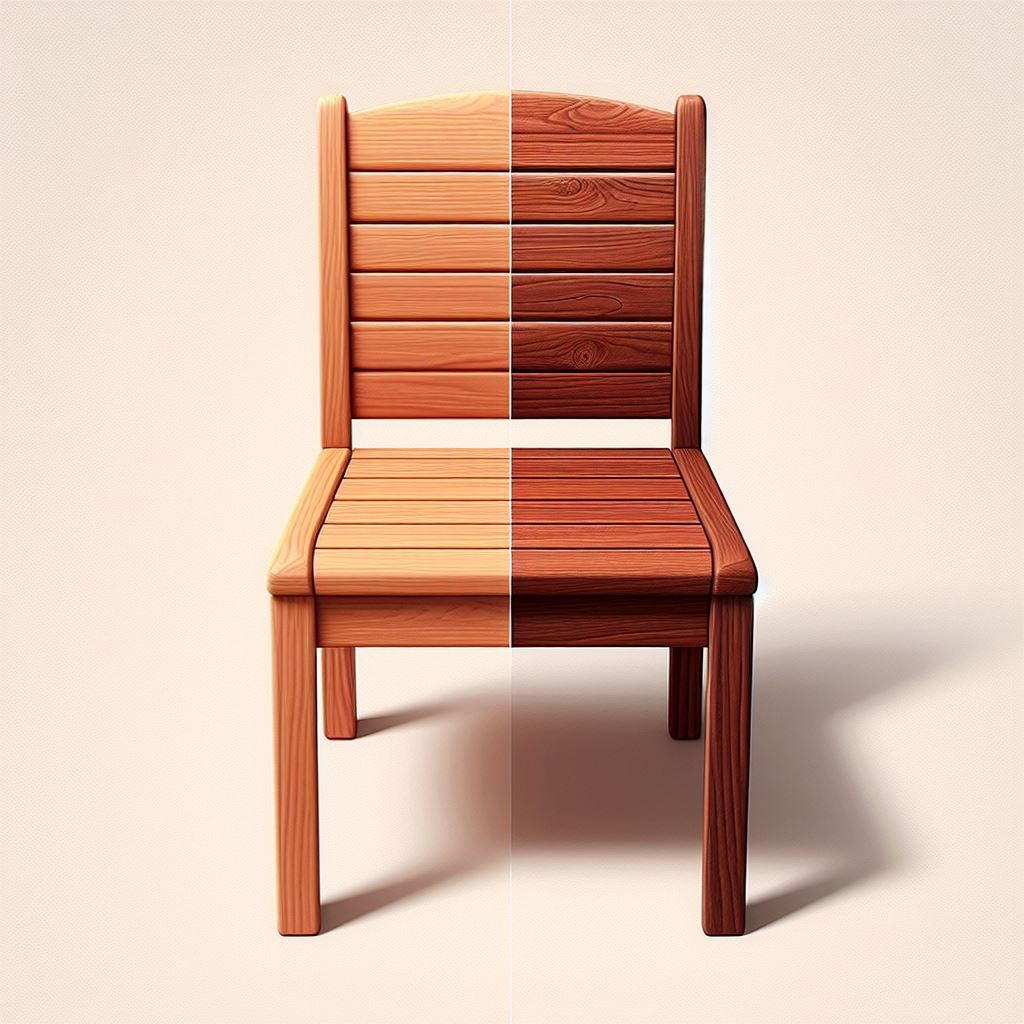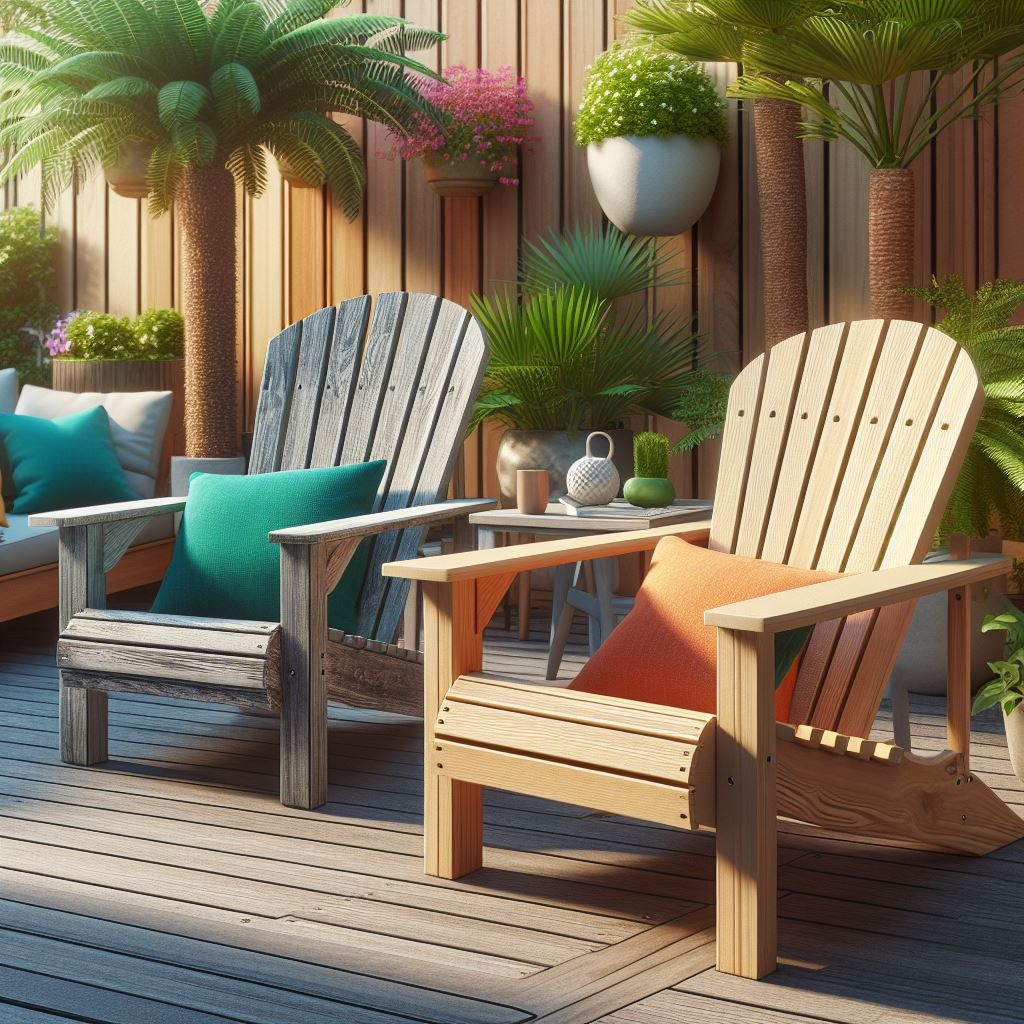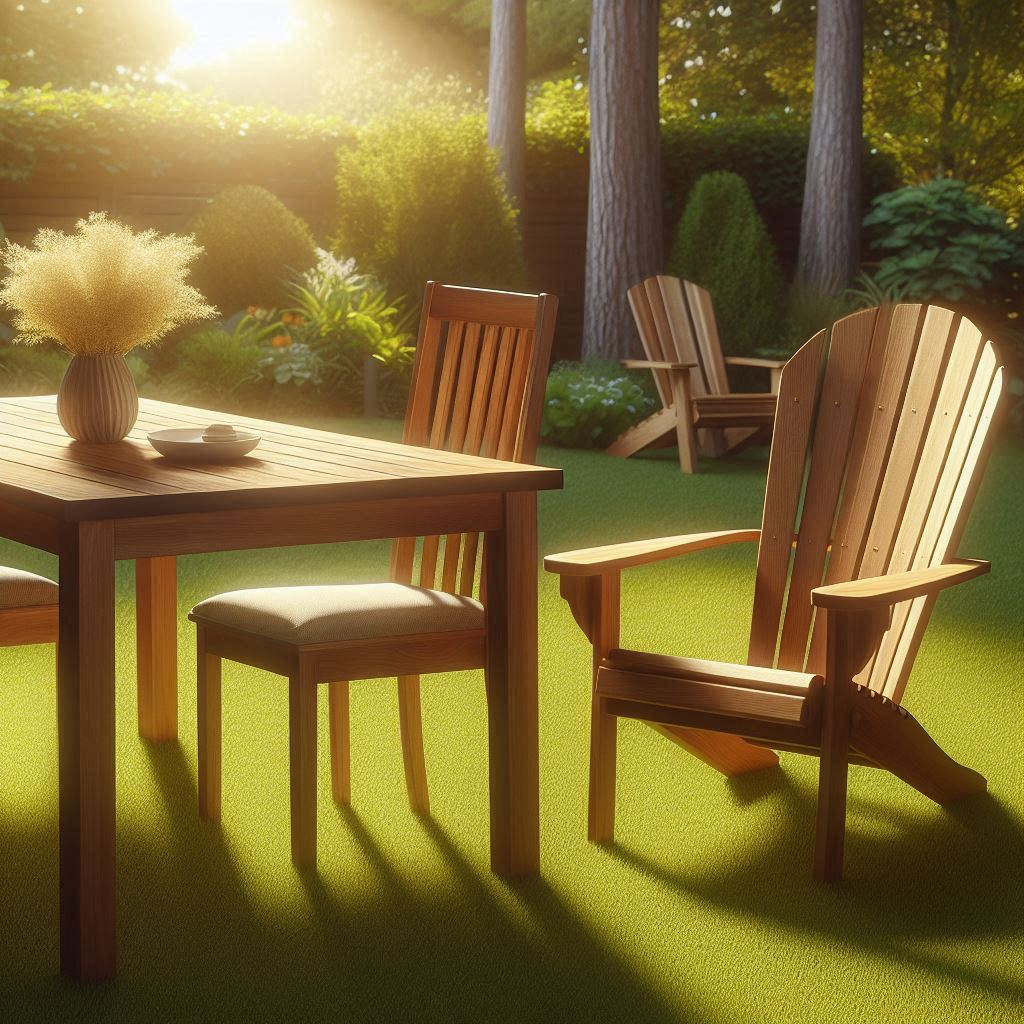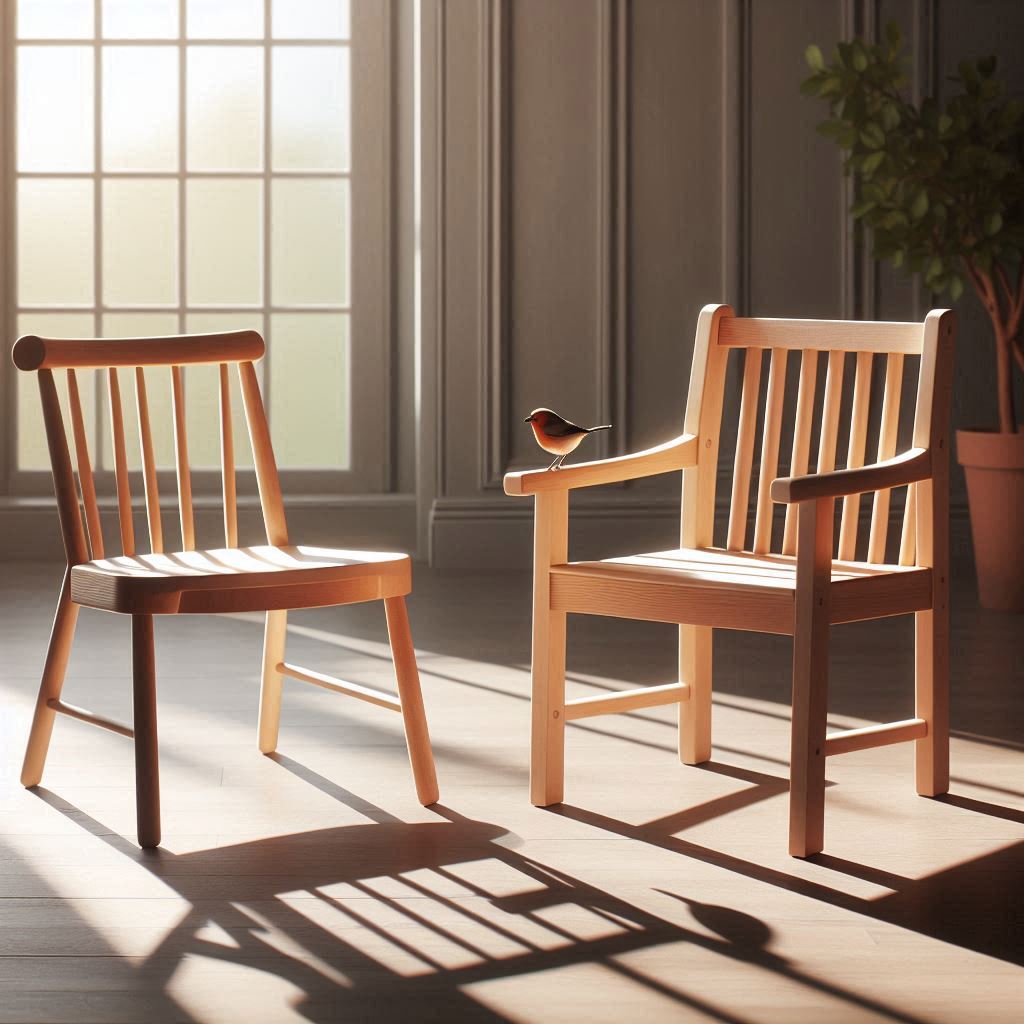As an outdoor enthusiast and a lover of patio furniture, I’ve spent countless hours researching and experiencing the pros and cons of different materials. Today, I’d like to share my insights on two popular choices: Polywood and Aluminum.
Comparison table between Polywood and Aluminum patio furniture:
| Criteria | Polywood | Aluminum |
|---|---|---|
| Material | Made from recycled plastic, which is both durable and environmentally friendly. | Lightweight metal that is both sturdy and easy to maneuver. |
| Durability | Highly durable, can withstand harsh weather conditions including rain, snow, and intense sun. | Durable but not as heavy-duty as Polywood. Can withstand various weather conditions but may not be as resilient in extreme conditions. |
| Maintenance | Low maintenance. Requires only occasional cleaning with a damp cloth. No need for repainting or sealing. | Low maintenance. Does not rust or fade, and can be cleaned with mild soap and water. |
| Environmental Impact | Environmentally friendly as it’s made from recycled materials, reducing waste and conserving resources. | Not made from recycled materials, but aluminum is highly recyclable, making it a relatively eco-friendly option. |
| Cost | Can be quite expensive, ranging from $200 to $3,000, due to its high quality and durability. | Generally less expensive than Polywood, making it a more budget-friendly option. |
| Design Flexibility | Limited to the molds available, but comes in a variety of colors and styles. | Can be cast into any shape or design, offering a wide range of style options. |
| Weight | Heavier than Aluminum, providing stability in windy conditions. | Lightweight, easy to move around, but may not be suitable for windy areas. |
| Wind Resistance | More resistant to wind due to its weight, making it a good choice for windy locations. | Less resistant to wind due to its lightweight nature. May need to be secured in windy conditions. |
My Polywood Story
When I first discovered Polywood, I was drawn to its promise of durability and sustainability. This isn’t your everyday plastic. Polywood is a unique type of plastic lumber, crafted from recycled materials, making it a champion for the environment.
I remember the day I bought my first Polywood patio set. It was a beautiful, deep blue dining set that instantly brightened up my patio. Over the years, it has withstood scorching summers, frosty winters, and everything in between. The color hasn’t faded, and the material hasn’t cracked or warped. It’s as sturdy and vibrant as the day I bought it.
What I appreciate about Polywood is its low maintenance. I’ve spent countless hours enjoying my patio, rather than maintaining it. A simple wipe down with a damp cloth is all it takes to keep it looking fresh and new.
However, the superior quality of Polywood comes with a higher price tag. My dining set, for example, cost me around $1,500. But considering its longevity and the minimal upkeep it requires, I see it as a worthwhile investment.
My Aluminum Adventure
On the other side of the spectrum is Aluminum. It’s a lightweight yet durable material that offers a different set of benefits. I remember being surprised by how light my first aluminum lounge chair was. I could easily move it around my patio, changing the layout whenever I wanted.
Aluminum’s resistance to rust is another feature that I’ve come to appreciate. I live in a coastal area, where the salty air can be harsh on outdoor furniture. But my aluminum furniture has remained rust-free, even after years of exposure to the coastal elements.
The versatility of aluminum is truly remarkable. I’ve had fun exploring different styles and designs. From sleek and modern lounge chairs to traditional garden benches, aluminum offers a wide range of options.
However, its lightweight nature can be a disadvantage in windy areas. I’ve had instances where my aluminum chairs were blown away by strong winds. So, if you live in a windy region, you might want to consider securing your aluminum furniture or opting for heavier alternatives.
The Final Verdict
Choosing between Polywood and Aluminum isn’t a matter of which is better, but rather which is better for you. Both materials have their strengths and weaknesses, and the best choice depends on your specific needs, preferences, and budget.
Consider factors such as durability, maintenance, environmental impact, and cost. But most importantly, choose the one that brings you joy and enhances your outdoor living experience. After all, your patio is your sanctuary, and the furniture you choose should reflect that. Happy shopping!
